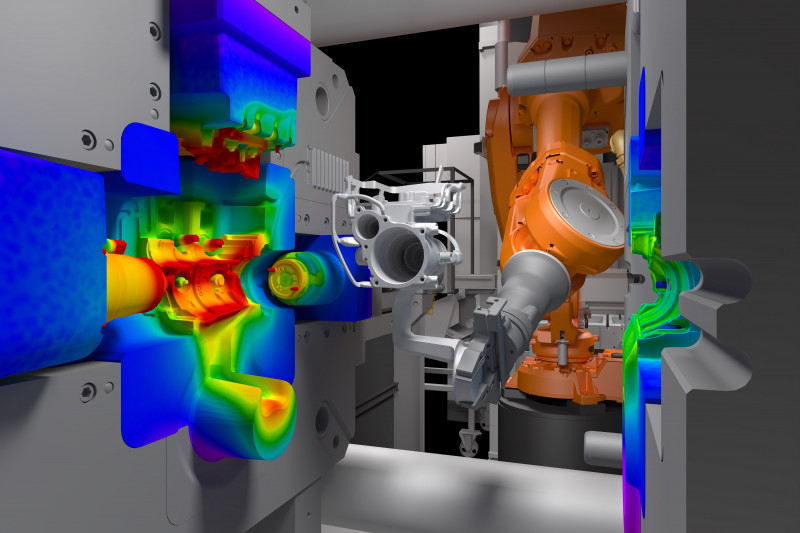Creating a die casting mold is an intricate process that involves several steps and careful planning. Die casting is a manufacturing process that involves forcing molten metal into a mold cavity. The resulting product is a solid metal part that is used in a variety of industries, including automotive, aerospace, and consumer goods.
The first step in creating a die casting mold is to design the mold itself. This involves determining the size and shape of the mold, as well as the material that will be used to create it. The mold is typically made from steel or other durable materials that can withstand the high pressure and heat of the casting process.
Once the mold design is complete, the next step is to create a pattern. The pattern is a replica of the final part that will be produced, and it is used to create the mold cavity. There are several methods for creating a pattern, including machining, casting, and 3D printing.

After the pattern is created, it is used to create the mold cavity. This involves placing the pattern inside a container and then filling it with a liquid material that will harden and create the mold. The type of material used will depend on the specific application and the desired properties of the final product.
Once the mold cavity is created, it is time to prepare the mold for the casting process. This involves applying a release agent to the mold surface to prevent the molten metal from sticking. The mold is then preheated to the desired temperature to ensure that the metal will flow smoothly and evenly.
The final step in creating a die casting mold is the casting process itself. This involves pouring molten metal into the mold cavity and allowing it to cool and solidify. Once the metal has hardened, the mold is opened and the final part is removed.
Creating a die casting mold is a complex process, but it is essential for producing high-quality metal parts. By carefully designing and creating the mold, manufacturers can ensure that their products meet the exact specifications and requirements of their customers. With the right materials, equipment, and expertise, creating a die casting mold can be a rewarding and profitable endeavor.
-

- Customized foundry products high precision die-casting parts for e-bike integrated frame
-

- OEM korkeapainepainevalu magnesiumseoksesta valmistettu runko polkupyörälle
-

- Magnesium alloy Thixomolding parts for oxygen suction machine housing
-

- Sähköpyörän magnesiumseoksesta valmistettu 12 tuuman integroitu pyörä 36v10ah sähkömopo
-

- Magnesiumseosvalimoosien polkupyörän rungon CNC-työstö ja pintakäsittely
-

- Räätälöidyt painevaluosat ja komponentit

 0086-750-5616188
0086-750-5616188 +86 13392089688
+86 13392089688 sales@zhongmei-tech.com
sales@zhongmei-tech.com







